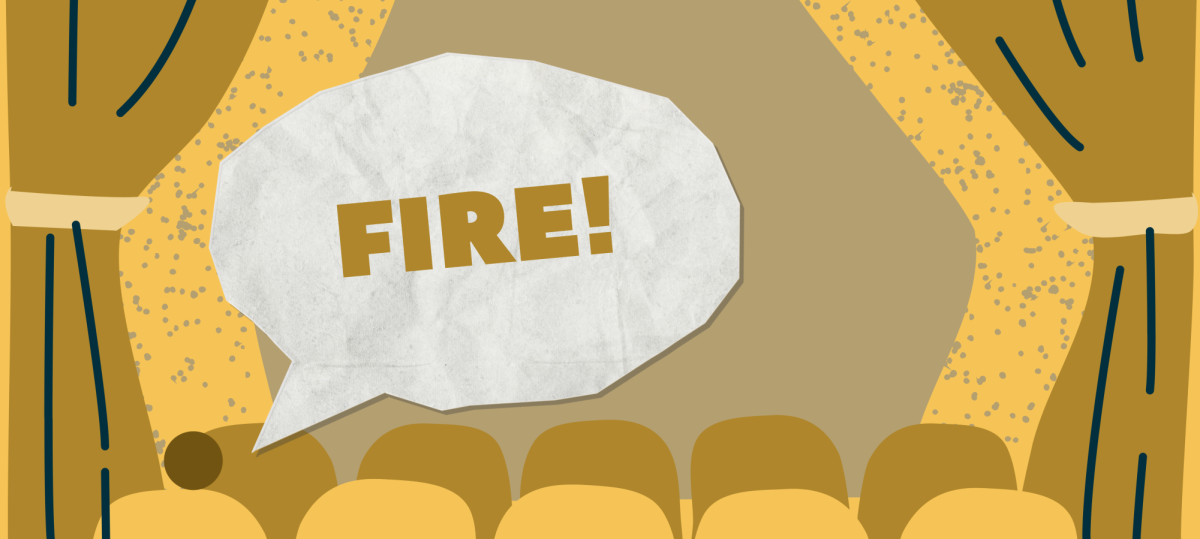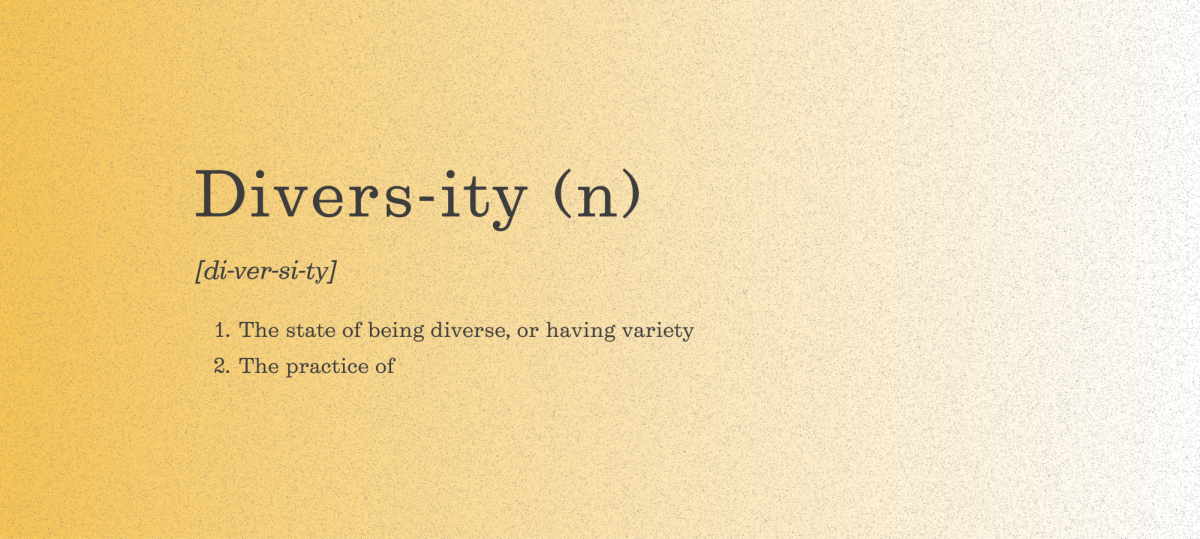Over the past 20 years, American cities have gained a significant number of new residents in search of jobs and opportunities. The New York and Atlanta metropolitan areas each gained two million new residents, the Houston metro almost doubled its population and more than a million Americans found their new homes in Phoenix, Nashville, the Bay Area and many other American cities.
That trend has since reversed after the COVID-19 pandemic. High cost of living in large American cities like New York, LA and Chicago is driving Americans toward the suburbs and rural areas. Housing prices, driven by past influx of residents and inflation, are rising so fast that over 34% of Generation Z says that owning a home feels impossible in their lifetime. In Seattle, while the median home value was only 1.5 times the median income in 1970, that gap has since grown to over five times in 2022.
A large part of that has to do with the way America’s urban communities are structured. American cities are notoriously spread out: a downtown with towering skyscrapers paired with sprawling suburbs that span over hours of driving. If you play GeoGuessr, the single best way to know that you are in the U.S. is to look for the single-family homes that dominate American suburbs.
Yet, this comes at a great price. American cities’ uniquely flat features drive up the distance between grocery stores, the office, the banks, these everyday places and your home, requiring you to drive because walking and biking are not accessible. Public transit virtually cannot survive because American cities are so spread out that stations cannot serve enough people to be profitable.
Living closer to these stores and urban centers is not just environmentally friendly but also cost-effective. The Brookings Institution found that people who live far from these places not only emit more carbon dioxide but also spend USD$1,000 more each year on maintaining their car, pumping the gas and paying tolls just to get from one place to another. Considering that almost one-third of American families live paycheck to paycheck, this “urban tax” is not insignificant.
Although the American suburbia is designed for cars, American highways cannot sustain this lifestyle. American cities are often haunted by highway congestion and long commute times, and as a result, cities like Houston have kept widening highways, reaching as wide as 26 lanes. The widening of American highways has had significant effects. When American highways were first built in the 1950s and 60s, they obstructed bike lanes and pedestrian paths, occupied lands that could have been used for housing or parks and broke up neighborhoods, often predominantly Black and Hispanic ones.
If Americans live closer to these commercial centers and American cities become more pedestrian and bike-friendly as a result, there would be fewer cars on the street and fewer highway lanes needed. Public transportation can become sustainable to operate with higher density and higher ridership.
That requires breaking down American cities made up of small downtowns besieged by miles of low-density suburban housing, highways wider than blocks and the “urban taxes” that make cities unaffordable. It requires freeing up spaces for parks and housing and, most importantly, replacing single-family homes with multiplex and even apartments with stores downstairs to supplement the housing shortage in American cities.
One of the cities that did so is Boston. During the Big Dig, an infrastructure project that revamped Boston, the city kept its highways open as it moved underground the highways that pierced through its downtown and closed down unnecessary highway extensions. This project freed up pedestrian and bike paths above ground and in turn reduced traffic with fewer lanes, saving USD$168 billion each year for commuters in time and cost.
In 2019, the Minneapolis City Council stopped allocating land exclusively for single-family homes in an effort to increase the availability of the city’s houses. It worked. Over five years later, while rents nationwide jumped by 22%, rents in Minneapolis dropped by 4%.
Single-family home supporters often cite suburbia’s low-density features that provide a yard and more leisure space as a symbol of financial freedom and liveability. However, cities are not any less liveable today. After the Big Dig, Boston gained 300 acres of new parks for recreational use, and today’s urban planning often incorporates parks and sceneries that soften cities’ concrete appearances and raise qualities of life.
Most importantly, lowering the housing prices and the cost of living by building more homes and making American cities less reliant on cars directly addresses the affordability crisis in American cities that is fueling the homelessness and poverty that Americans often associate with crime.
After the urban boom in the past decades, American cities are now declining in population. Today’s urban America is far more expensive, far less affordable and far more populated. Single-family homes might have been sufficient then, but they are no longer enough. When American cities house a much smaller population across a much larger land mass when compared to international metropolises, the answer cannot be any clearer: American suburbia is eroding American cities.

![[PHOTO COURTESY OF PIXABAY]](https://blueandgoldonline.org/wp-content/uploads/2025/03/houses-7900142_1280-1200x803.jpg)
![Helen Zia talks to students in the auditorium at Flex. [ANNABELLE HSU/THE BLUE&GOLD]](https://blueandgoldonline.org/wp-content/uploads/2025/09/helen-zia-1200x800.jpg)
![[PHOTOS COURTESY OF MS. VINOD]](https://blueandgoldonline.org/wp-content/uploads/2025/09/Untitled-design-1200x675.png)
![Mr. Sean Patella-Buckley [PHOTO COURTESY OF MR. PATELLA-BUCKELY], Mr. Yoonsoo Kang [PHOTO COURTESY OF MR. KANG], Ms. Mikayla Patella-Buckley [PHOTO COURTESY OF MS. PATELLA-BUCKLEY], Ms. Lien Martens [PHOTO COURTESY OF MS. MARTENS],](https://blueandgoldonline.org/wp-content/uploads/2025/09/teachers-1200x675.png)
![Sofia Valadao [Erin Wu/The Blue&Gold]
Erin Wu [Annabelle Hsu/The Blue&Gold]](https://blueandgoldonline.org/wp-content/uploads/2025/05/erin-sofia-pic.png)
![Dr. Simeondis, Mr. Anderson. [Annabelle Hsu/The Blue&Gold]](https://blueandgoldonline.org/wp-content/uploads/2025/05/teachers-1200x675.jpg)
![[PHOTO COURTESY OF UNCULTURED, JUNIPER AND CO.]](https://blueandgoldonline.org/wp-content/uploads/2025/05/student-businesses-1200x675.png)


![The New York times and Financial Times newspapers on the stand in Paris, France. [PHOTO COURTESY OF UNSPLASH]](https://blueandgoldonline.org/wp-content/uploads/2025/05/photo-1730992907035-65ec4eaea035-1200x800.avif)
![[PHOTO COURTESY OF DAVINA J. (‘25)]](https://blueandgoldonline.org/wp-content/uploads/2025/03/Double-Standards-BG-Graphic-1200x848.png)
![[PHOTO COURTESY OF PIXABAY]](https://blueandgoldonline.org/wp-content/uploads/2025/01/soldiers-60714_1280-1200x800.jpg)
![[PHOTO COURTESY OF PIXABAY]](https://blueandgoldonline.org/wp-content/uploads/2024/12/trump-2546104_1280.jpeg)

![A collection of college flags. [PHOTO COURTESY OF AMBER HU ('27)]](https://blueandgoldonline.org/wp-content/uploads/2025/05/IMG_5029-1200x577.jpeg)
![[PHOTO COURTESY OF PENGUIN RANDOM HOUSE, PENGUIN BOOKS, PENGUIN BOOKSHOP]](https://blueandgoldonline.org/wp-content/uploads/2025/05/books-1200x675.png)
![A large "Coulda Been Love" sign in front of the show set. [PHOTO COURTESY OF DRUSKI'S COULDA BEEN LOVE SHOW]](https://blueandgoldonline.org/wp-content/uploads/2025/05/IMG_1877-1200x678.jpeg)
![[PHOTO COURTESY OF IMDB]](https://blueandgoldonline.org/wp-content/uploads/2025/05/Untitled-design-2.png)
![[PHOTO COURTESY OF IMDB]](https://blueandgoldonline.org/wp-content/uploads/2025/05/MV5BY2UwOGUxMzEtMzEyZi00NjEwLTkxOTMtYTljOWEzYjYyMWNjXkEyXkFqcGc@._V1_-810x1200.jpg)